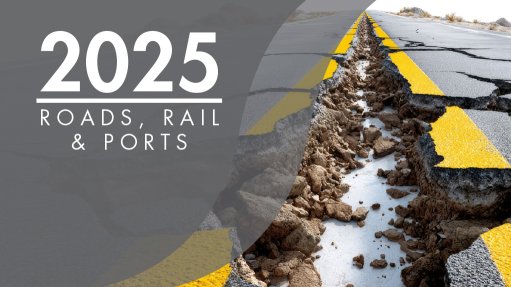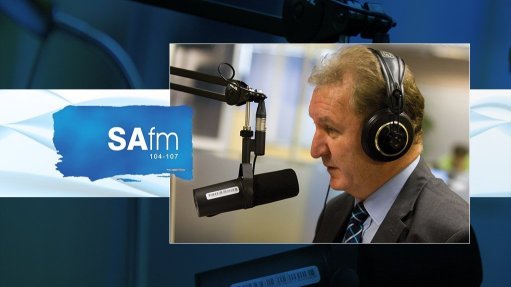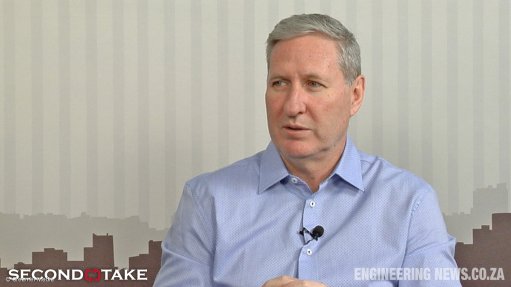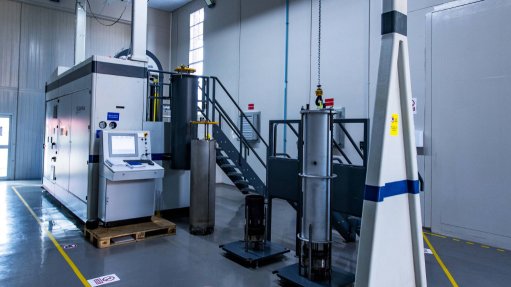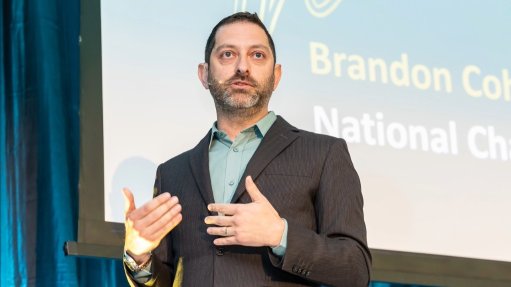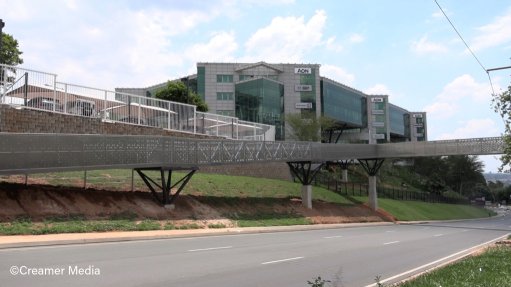Africa needs to exploit all its energy resources to generate electricity
Africa needs to exploit all the energy resources that it possesses, including coal, to generate electricity. So affirmed Nigerian enterprise Heirs Energy’s head of commercial operations, Joseph Adetuberu, participating in a panel discussion during the Solar & Storage Live Cape Town 2025 conference.
“There needs to be a dynamic cross-balancing across the board,” between the different energy sources, he stressed. “We must not lose sight of what we have, resource-wise.”
Nigeria had a population of about 230-million people. “It’s challenging to support the energy infrastructure for that kind of population,” he pointed out. The country had looked at developing an integrated grid structure, but that would not succeed in delivering electricity to everyone in the country. So microgrids were also being developed.
Regarding generating the electricity, including by microgrids, Nigeria was looking at liquified natural gas and liquified-to-compressed natural gas. Regarding solar energy, that needed a lot of spare land, which South Africa had, but which Nigeria lacked. With its large population, Nigeria needed to use all its land appropriately, he observed.
In practice, microgrids seemed to be more expensive than centralised grids, which mixed high- and low-cost generation technologies, he reported. However, the microgrids were deployed in the remoter areas. But business needed centralised grids.
“The real power of electricity is in the businesses that can use it,” he affirmed. “When you catalyse an economy, you give people a better standard of life.”
Nigeria did have frameworks which ensured that microgrids could interact with the grid. But there had been places elsewhere in Africa where the integration of renewable energy had not been smooth.
It was necessary to focus on the requirement for baseload generation, otherwise there would be the risk of an imbalance between supply and demand. That would throw everything into chaos.
It was also necessary to have large business consumers on the grid, as they helped stabilise it. “It’s [also] important that you have the big consumers on the grid, to support low-income users,” he stated. In Nigeria, if one dropped off the grid, one still had to pay the government, to help support poor communities.
More generally, regarding poor Africans’ need for electricity, he highlighted that governments had to play a key role in this. Governments could use incentives to encourage utilities to meet the needs of the poor. He pointed out that, if they were neglected, the poor could resort to protests and even riots.
Adetuberu concluded by noting that supplying electricity to different categories of customer required different strategies. Providing a minimum service to residential areas could be done cheaply. Supporting businesses would be more expensive (and doing so would increase the cost of electricity for residential users supplied by the same system). There was a need to balance the needs of business and the needs of residents. This had to be done on a case-by-case basis.
Article Enquiry
Email Article
Save Article
Feedback
To advertise email advertising@creamermedia.co.za or click here
Comments
Press Office
Announcements
What's On
Subscribe to improve your user experience...
Option 1 (equivalent of R125 a month):
Receive a weekly copy of Creamer Media's Engineering News & Mining Weekly magazine
(print copy for those in South Africa and e-magazine for those outside of South Africa)
Receive daily email newsletters
Access to full search results
Access archive of magazine back copies
Access to Projects in Progress
Access to ONE Research Report of your choice in PDF format
Option 2 (equivalent of R375 a month):
All benefits from Option 1
PLUS
Access to Creamer Media's Research Channel Africa for ALL Research Reports, in PDF format, on various industrial and mining sectors
including Electricity; Water; Energy Transition; Hydrogen; Roads, Rail and Ports; Coal; Gold; Platinum; Battery Metals; etc.
Already a subscriber?
Forgotten your password?
Receive weekly copy of Creamer Media's Engineering News & Mining Weekly magazine (print copy for those in South Africa and e-magazine for those outside of South Africa)
➕
Recieve daily email newsletters
➕
Access to full search results
➕
Access archive of magazine back copies
➕
Access to Projects in Progress
➕
Access to ONE Research Report of your choice in PDF format
RESEARCH CHANNEL AFRICA
R4500 (equivalent of R375 a month)
SUBSCRIBEAll benefits from Option 1
➕
Access to Creamer Media's Research Channel Africa for ALL Research Reports on various industrial and mining sectors, in PDF format, including on:
Electricity
➕
Water
➕
Energy Transition
➕
Hydrogen
➕
Roads, Rail and Ports
➕
Coal
➕
Gold
➕
Platinum
➕
Battery Metals
➕
etc.
Receive all benefits from Option 1 or Option 2 delivered to numerous people at your company
➕
Multiple User names and Passwords for simultaneous log-ins
➕
Intranet integration access to all in your organisation





